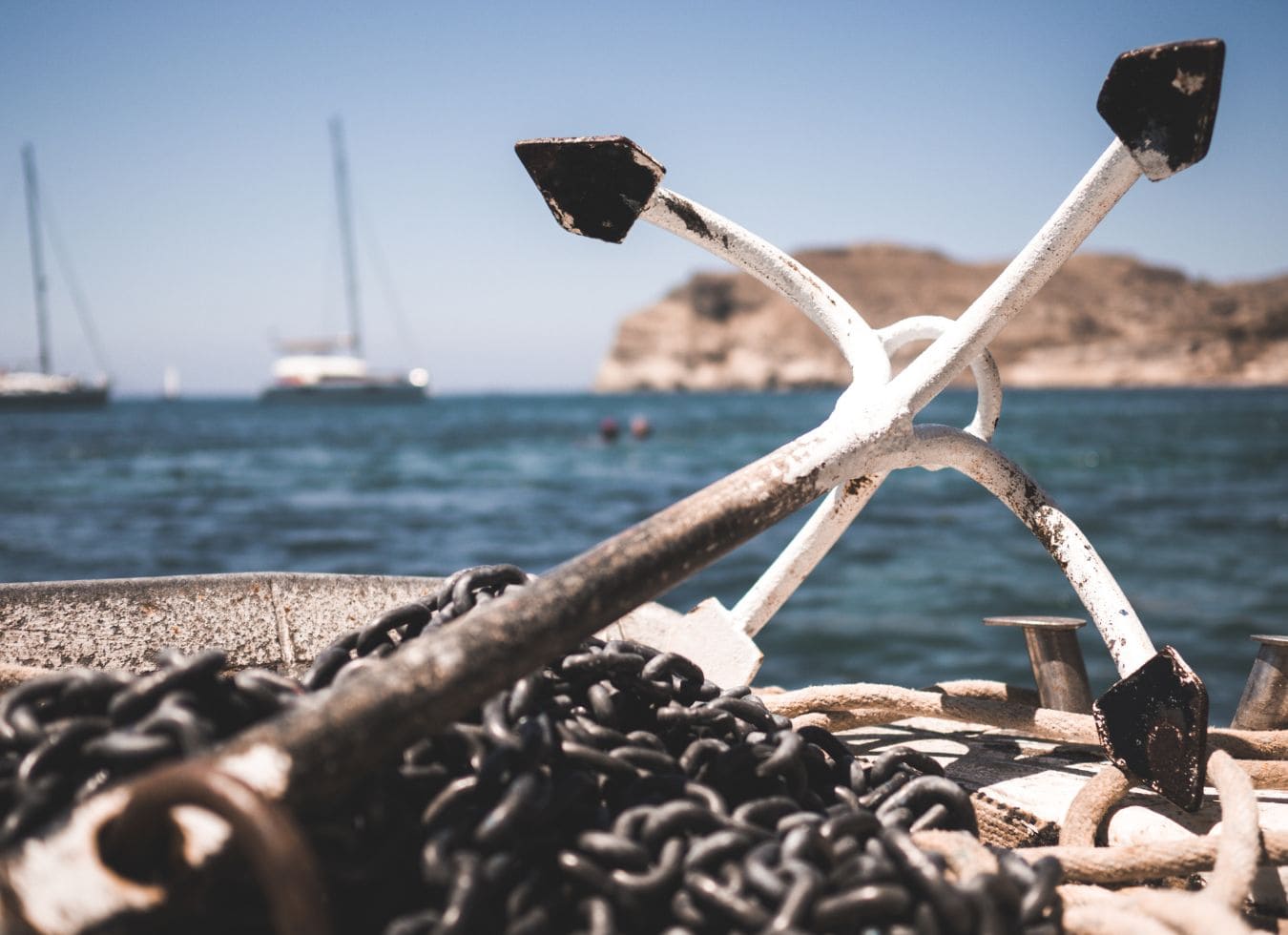How to anchor a boat?
Anchoring a boat is an essential skill for any yachtsman, whether an experienced skipper or a sea enthusiast. When it comes to securing the vessel in a safe place, whether in a harbour, a bay or a cove, the anchoring process requires a series of careful steps and specific techniques. In this article, we will explore in detail how to anchor a boat efficiently and safely.
Choice of anchorage site
Before proceeding with anchoring, it is crucial to select a suitable location. Some factors to consider are water depth, protection from wind and waves, and distance from other boats or obstacles. It is important to avoid areas with strong currents, rocky bottoms or areas of heavy shipping traffic. Once a suitable location has been identified, anchoring can proceed.
Preparation of anchoring equipment
Before dropping anchor, it is necessary to ensure that all anchoring equipment is in good condition and ready for use. This includes checking the anchor chain or cable, as well as checking that the windlass or winch is working properly. It is also important to have a depth sounder or echo sounder on hand to measure the depth of the water and determine the proper length of chain or cable.
Anchor launch
Once the anchoring site has been selected and the equipment has been prepared, it is time to drop the anchor. This can be done manually or using the windlass or winch, depending on the size and design of the boat. It is important to ensure that the anchor is released smoothly and that the chain or cable is unwound smoothly. During this process, it is essential to keep a constant watch to prevent the boat from moving or being swept away by currents or wind.
Chain or cable length adjustment
After dropping the anchor, it is necessary to adjust the length of the chain or cable to ensure a firm hold. The general rule of thumb is that the length of the chain or cable should be at least three times the depth of the water, although in bad weather or soft bottom conditions, the length can be increased to five or six times the depth. It is important to maintain adequate tension on the chain or cable to prevent the boat from moving too much.
Verification of position and final adjustments
Once the anchor has been dropped and the length of the chain or cable set, it is necessary to verify the position of the vessel and make final adjustments if necessary. This can be done using reference points on the shore, GPS or visual observation. If the boat moves or changes position, the length of the chain or cable can be adjusted or even more anchor can be lengthened to ensure a firmer hold.
Maintenance and security
Anchoring a boat is not only a matter of technique, but also of maintenance and safety. It is important to regularly inspect anchoring equipment, such as anchor, chain or cable, and to replace any worn or damaged parts. In addition, be aware of weather conditions and wind and swell forecasts, and be prepared to adjust or release the anchor if necessary.
In conclusion, anchoring a boat safely and efficiently is a fundamental skill for any sailor. From choosing an anchoring location to the final adjustment of the chain or cable, each step of the process requires attention and experience. By following the techniques and recommendations described in this article, you will be able to anchor your boat with confidence and ensure the safety of your vessel and crew.


